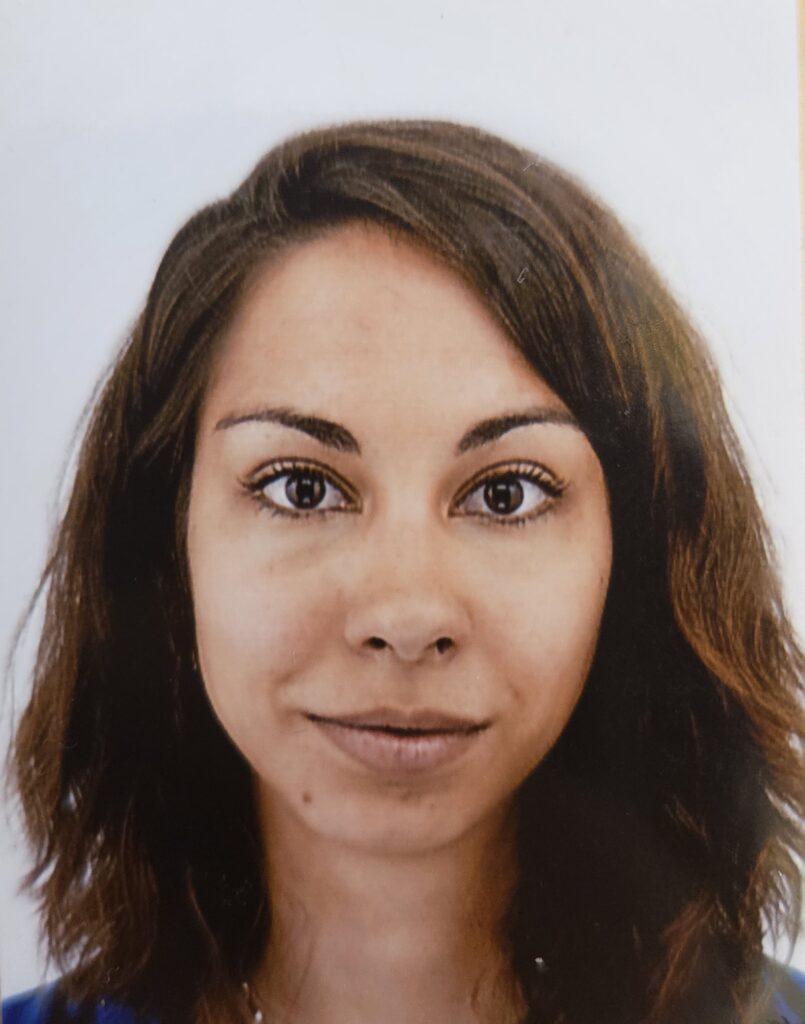Hello everyone,
My name is Lise Rolée and I recently started as an Administrative Assistant. I will be in charge of the groups of Alexandre Reymond, Richard Benton, Johannes Larsch and Jean-Yves Roignant.
I worked for 6 years in the Department of Fundamental Neurosciences in the same position, where I learned a lot. I’m happy to be able to share it with you!
I’m looking forward to meeting you all,



